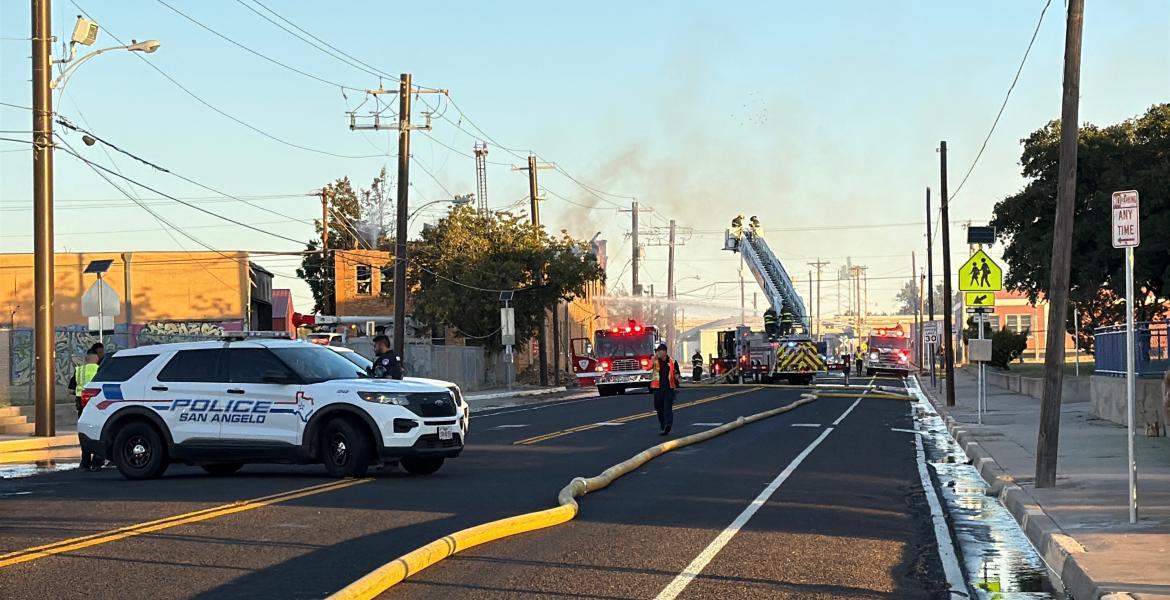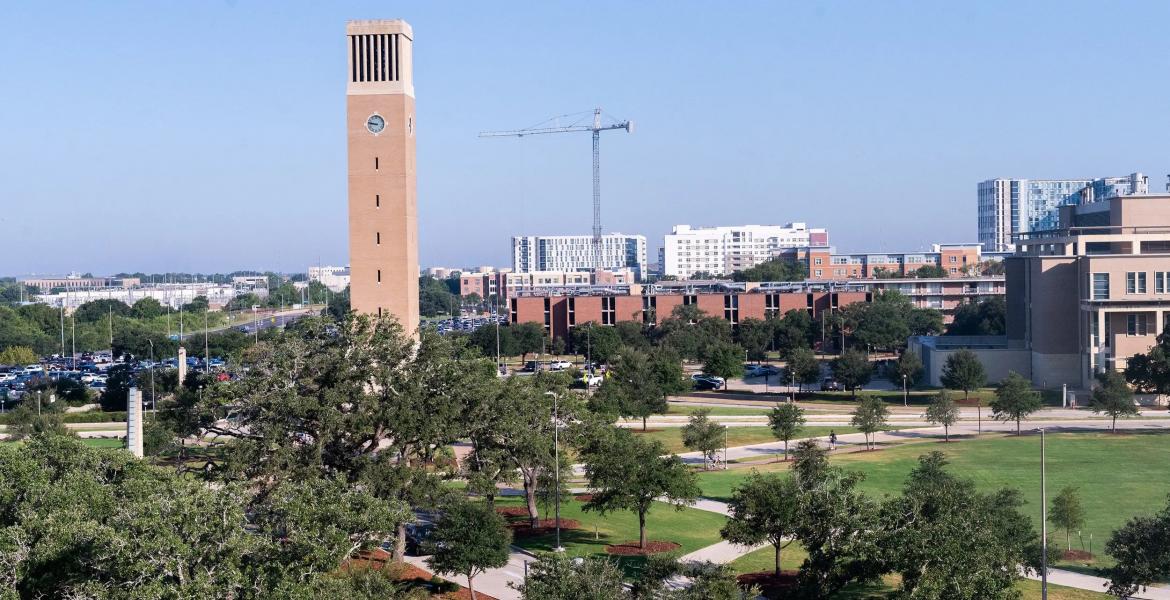HOUSTON – In the realm of aviation and atmospheric science, the curious trails left behind by jet planes have sparked interest and, unfortunately, given rise to various misconceptions. These trails, known as contrails, emerge as a result of specific atmospheric conditions and are far from the chemtrail conspiracy theories that some individuals espouse.
According to expert Climate Scientists with the National Weather Service, a contrail, short for condensation trail, forms when hot, humid air from a jet's exhaust mixes with the cooler, low-pressure environment. The National Weather Service, regarded as an authority in atmospheric phenomena, clarifies that this process occurs due to the mixing of jet exhaust with the surrounding air, leading to condensation if the conditions are right. The outcome is akin to seeing your breath on a cold day - a visible cloud-like trail.
These trails materialize under specific circumstances: when there's ample humidity in the atmosphere and at high altitudes where temperatures plummet far below freezing. It's a natural outcome of engine combustion, producing water vapor as a byproduct. Contrails vary in persistence, influenced by the existing humidity levels. Drier conditions yield shorter-lived contrails, while higher humidity fosters their longevity.
Contrails are a global phenomenon, commonplace wherever jet planes traverse the skies. They've been observed since the early days of jet travel, even impacting historical events like World War II, where their abundance obstructed visual contact among pilots in combat situations. They're not confined to populated areas, having been spotted from the Sahara Desert to the remote expanses of the South Pole.
However, beyond their scientific interest, contrails also draw attention in climate studies. Scientists are exploring their potential contribution to cloud cover increase, which can impact Earth's climate by influencing sunlight reflection and surface heat retention. Studies have suggested a significant rise in cloud cover in heavily trafficked air corridors, potentially linked to contrail expansion.
This evolving field of research also investigates how jet exhaust might modify upper atmospheric chemistry, prompting further exploration into the implications for our planet's climate.
The understanding of contrails extends far beyond mere streaks in the sky, delving into atmospheric science and climate implications. While their prevalence continues to rise alongside the expansion of global air traffic, ongoing scientific inquiries seek to comprehend their broader effects on our planet's climate dynamics.
Subscribe to the LIVE! Daily
Required






Comments
Listed By: Captain Obvious
- Log in or register to post comments
PermalinkListed By: Johnson Brown
Amazing what you can find on conspiracy theories.
The U.S. government seems to be awarding patents to conspiracies.
https://chemtrails.fandom.com/wiki/Chemtrails:_USPatent_5003186_Stratospheric_Welsbach_Seeding_For_Reduction_Of_Global_Warming
https://ppubs.uspto.gov/pubwebapp/static/pages/ppubsbasic.html
- Log in or register to post comments
PermalinkPost a comment to this article here: